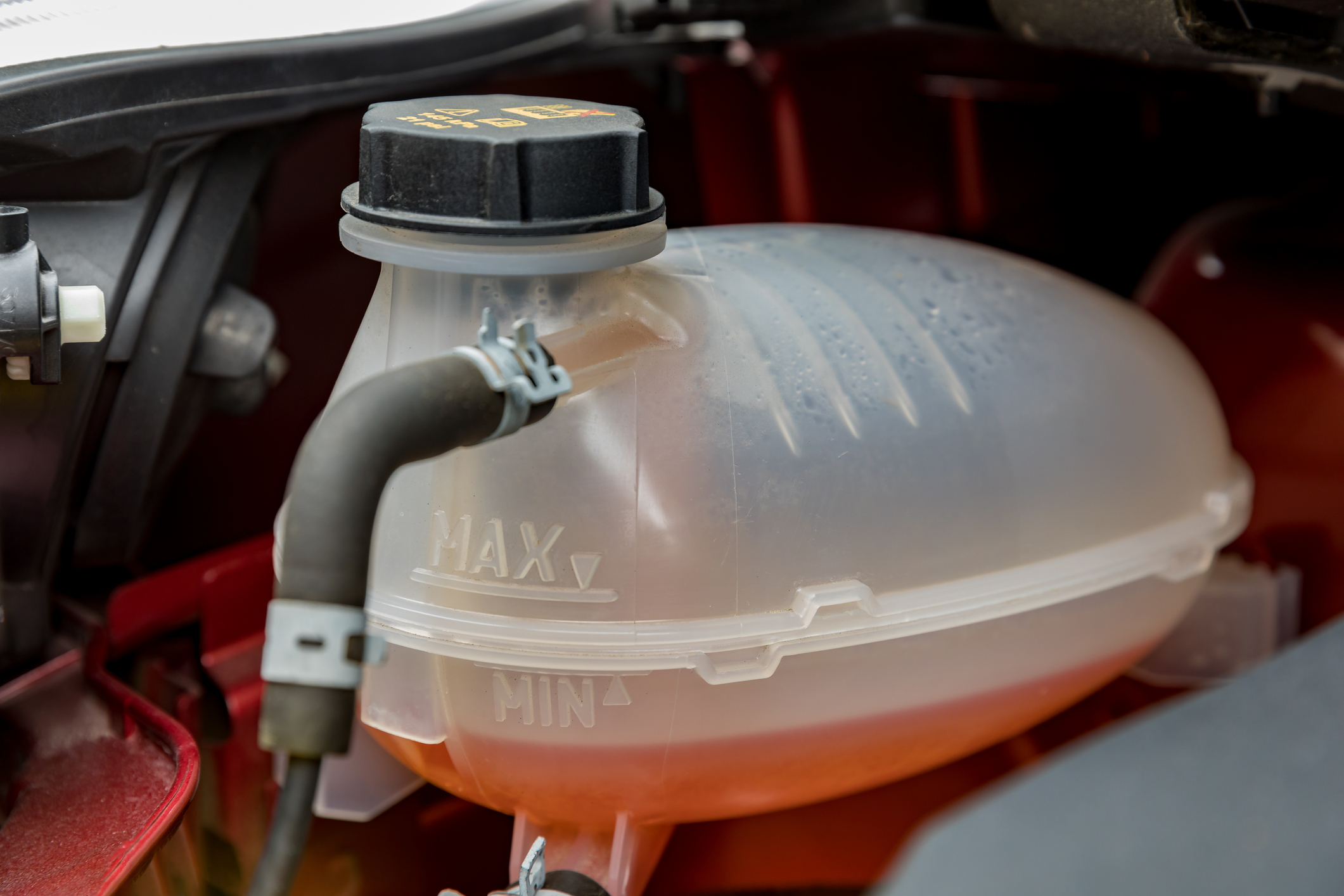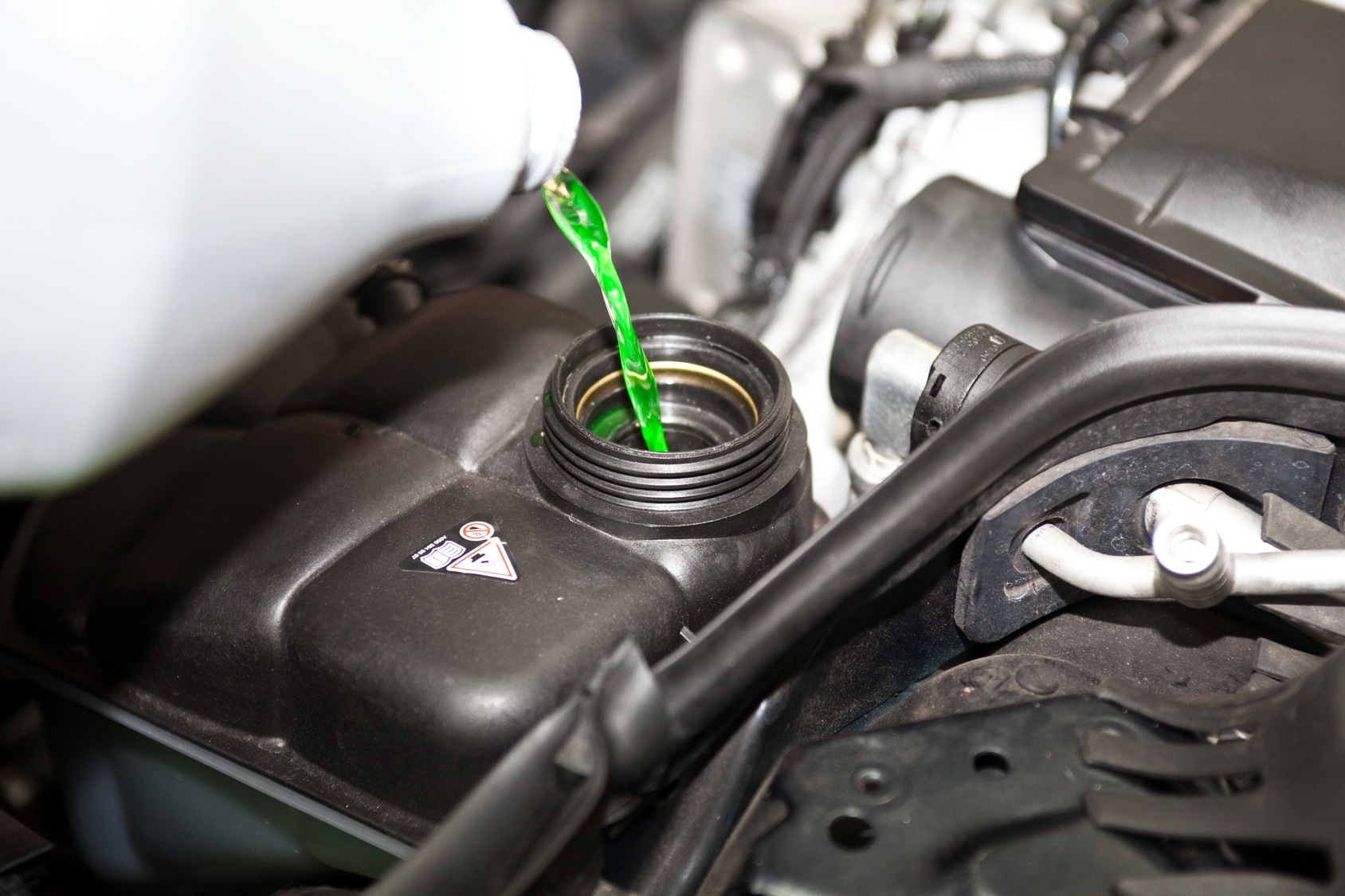Coolant is a vital component of your vehicle's cooling system, responsible for regulating engine temperature and preventing overheating. Regularly checking your coolant levels and understanding the importance of a coolant flush are crucial aspects of vehicle maintenance. In this guide, we'll walk you through the steps to check your coolant, explain what a coolant flush entails, and explore why it's essential for your vehicle's health.
How Do I Check My Coolant Level?
Checking your coolant levels is a simple yet essential maintenance task that should be performed regularly and especially before embarking on long journeys!
-
Wait for the Engine to Cool: Before opening the coolant reservoir, ensure the engine has cooled down. Opening the reservoir when the engine is hot can lead to steam burns or other injuries.
-
Locate the Coolant Reservoir: Most vehicles have their coolant reservoir under the bonnet. Refer to your vehicle's owner's manual if you're unsure where to find it.
-
Check the Coolant Level: The coolant level should be between the minimum and maximum marks on the reservoir. If it's below the minimum mark, you'll need to add more coolant.
- Inspect for Leaks: While you're checking the coolant level, take a moment to inspect the hoses, radiator, and water pump for any signs of leaks. Addressing leaks promptly can prevent coolant loss and potential engine damage.

What Is A Coolant Flush?
A coolant flush, is a maintenance procedure designed to clean out old coolant and contaminants from the cooling system and replace it with fresh coolant. Here's what's involved in a coolant flush:
-
Draining the Old Coolant: The first step is to drain the old coolant from the radiator and engine block.
-
Flushing the System: After draining the old coolant, the cooling system is flushed with water or a specialized flushing solution to remove any remaining residue or contaminants.
- Refilling with Fresh Coolant: Once the system is thoroughly flushed, it's refilled with fresh coolant, following the manufacturer's recommendations for the correct coolant type and mixing ratio.

Why Should I Change My Coolant?
Performing a coolant flush at regular intervals is essential for several reasons:
-
Prevents Engine Overheating: Over time, coolant can break down and become contaminated with dirt, rust, and other debris, reducing its effectiveness in cooling the engine. A coolant flush helps remove these contaminants, ensuring optimal engine temperature regulation.
-
Prevents Corrosion: Old coolant can cause corrosion and scale build up within the cooling system, leading to clogs and leaks. Flushing the system removes these corrosive elements, extending the life of cooling system components.
-
Maintains Cooling System Efficiency: A clean and properly functioning cooling system is essential for maintaining engine efficiency and performance. Regular coolant flushes help keep the cooling system operating at peak efficiency, preventing costly repairs and breakdowns.
- Preserves Engine Longevity: Overheating can cause significant damage to engine components, potentially leading to costly repairs or even engine failure. By ensuring your cooling system is clean and functioning correctly, you can help prolong the life of your engine.
If your vehicle requires a Coolant Flush, click here to schedule an appointment online at a time and date that accommodates your schedule.

